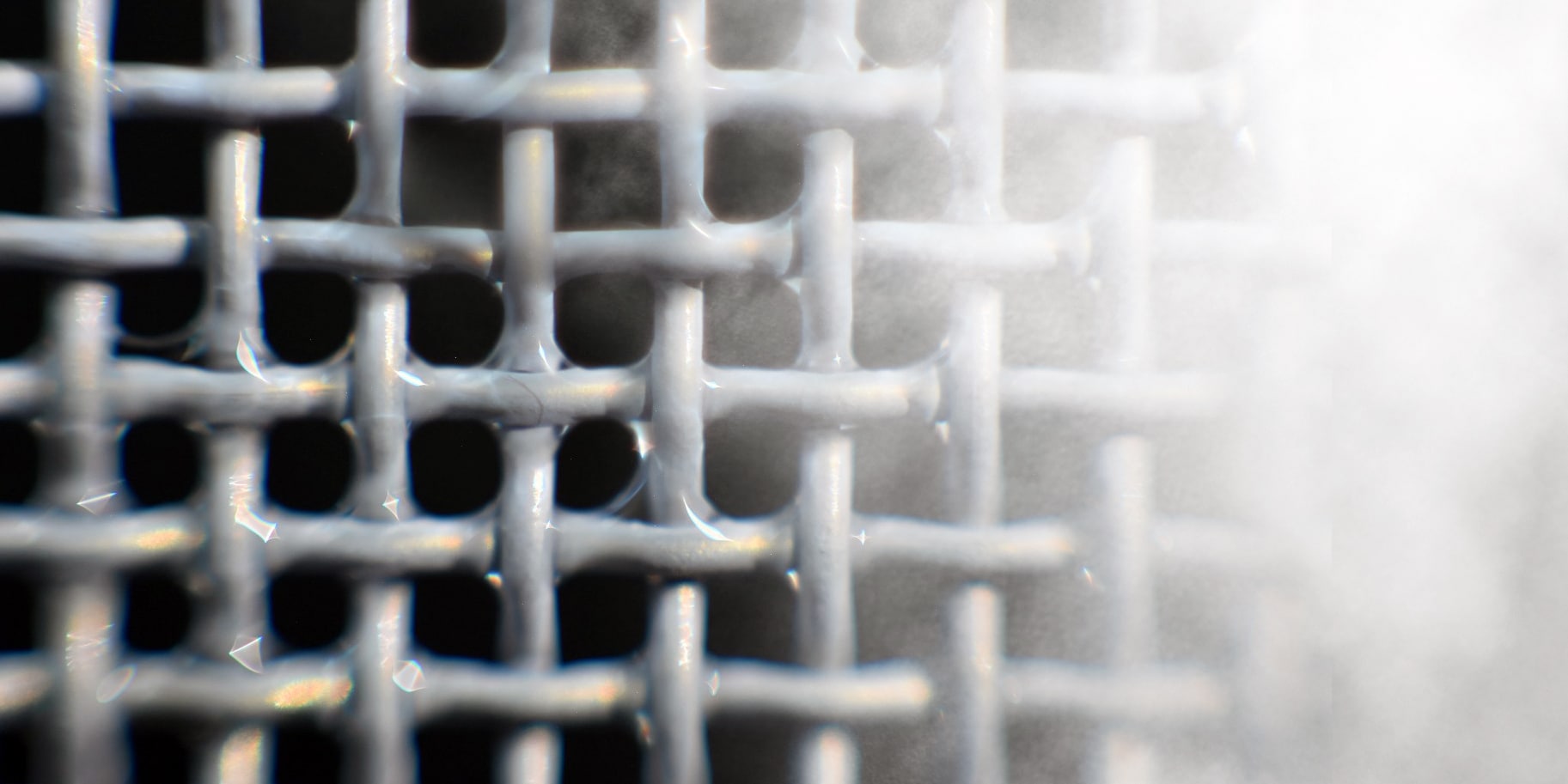Researchers at ETH Zurich have developed a unique metal mesh with a special coating that can extract water from fog while filtering contaminants.

In countries like Peru, Bolivia, Chile, Morocco, and Oman, residents in fog-prone areas often hang nets to capture water droplets. These droplets collect on the mesh and provide water for drinking, cooking, and washing. Even a small fog net can harvest several hundred litres daily, a boon for areas with frequent fog but little rain or spring water. However, a significant downside is atmospheric pollution; harmful substances in the air can contaminate the water, making it unsafe for direct consumption in many major cities.
Researchers at ETH Zurich have developed a technique to harvest and simultaneously purify water from fog. Using a metal wire lattice coated with polymers and titanium dioxide, the design captures water droplets efficiently. The droplets quickly flow into a container before the wind disperses them, while titanium dioxide neutralizes many organic pollutants.
Photocatalytic memory
Once installed, the technology necessitates minimal to no maintenance and doesn’t require any energy except for a brief, regular exposure to UV to rejuvenate the catalyst. Just half an hour of sunlight is sufficient to reactivate the titanium oxide for another 24 hours, owing to a characteristic termed photocatalytic memory. Even after UV reactivation, the catalyst remains effective for extended durations in the absence of light, a crucial feature especially in areas frequently blanketed by fog. In tests conducted in the lab and a pilot plant in Zurich, this innovative fog collector successfully captured 8 percent of water from artificially generated fog and eliminated 94 percent of the introduced organic compounds, including fine diesel particles and the hormonally active chemical, bisphenol A.
Potential use in cooling towers
Besides extracting drinking water from fog, this technology holds the potential for reclaiming water from cooling towers. In cooling towers, steam dissipates into the air. In the U.S., vast amounts of freshwater are utilized for cooling power plants. Researchers believe capturing a portion of this water before it vanishes and purifying it for potential return to the environment would be a logical step.
The researchers aim to develop this technology further and delve into its commercial prospects. The team aspires to harness fog and steam more extensively, tap into these previously underexplored water sources, and address the pressing water scarcity issue.
Reference: Ghosh R, Baut A, Belleri G, Kappl M, Butt HJ, Schutzius TM: Reactive Nanoengineered Meshes for Simultaneous Fog Harvesting and Water Treatment. Nature Sustainability, 17 August 2023, doi: external page10.1038/s41893-023-01159-9call_made






